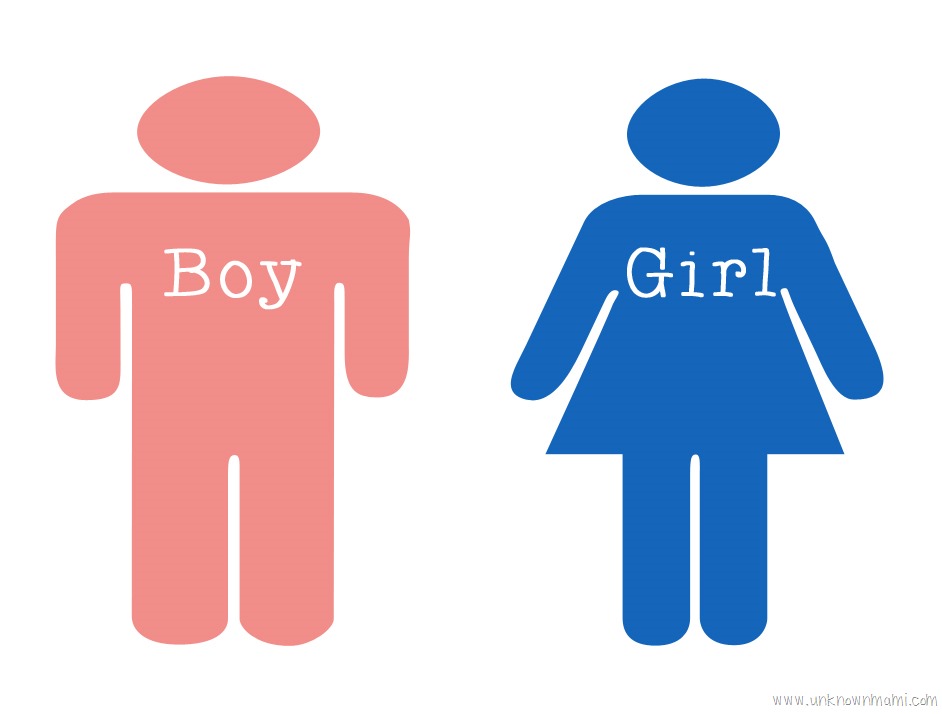Upon completing the knowledge & skills assessment for the end of the semester, I realize that I have learned so much and have grown immensely as an educator.
As I finish this course and evaluate how much I have learned in such a short amount of time, I am actually very surprised and pleased at the outcome. However, to be honest, I do wish that this class took place in a classroom. As I feared, I had a bit of a hard time following the textbook and the assignments.
What I did enjoy about this class was that it was not a methods class. As I mentioned above, I am very used to methods classes. I was able to apply what I learned to my pre-k class. I also enjoyed that all of the fieldwork was interviews and observations. Psychology and educational theories gave me a whole new perspective on teaching. I learned that there is so much more that goes into creating a lesson than just the content and material.
I learned about social cognitive theory. I studied that theory extensively, as my theorist was Albert Bandura. Social cognitive theory deals with how people behave after observing specific behaviors. He used the Bobo doll experiment to study learned aggressiveness. I found this theory to be relevant because, so often, we see students behaving in certain ways because they have seen others behave in certain ways.
One thing I really took away from this class is the importance of self-efficacy and self-esteem. I had never heard of self-efficacy before. It is the belief that you can achieve your goals. It goes with motivational theories of learning. Children must be intrinsically motivated in order to have self-efficacy. Children need intrinsic and extrinsic motivation in order to have high self-esteem. One of my biggest goals as a teacher will be to encourage positive views of the self. That is the most important thing my students will need in order to succeed.
Here is my skills assessment from the beginning of the semester: Beginning of the Semester
Here is my skills assessment for the end of the semester: End of Semester












